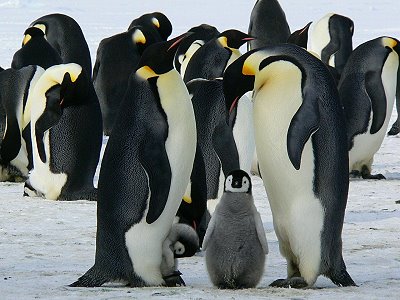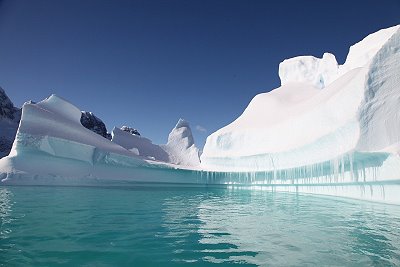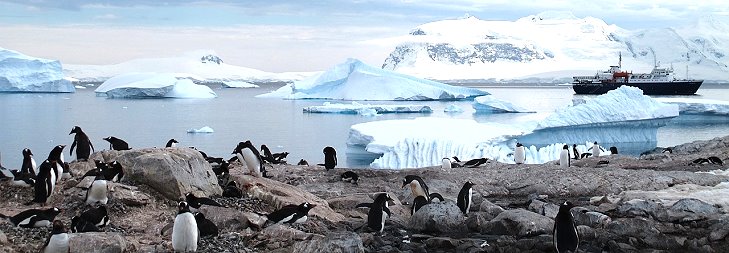 CAMLR’s Role for Climate Change Mitigation, Biodiversity and Fisheries
CAMLR’s Role for Climate Change Mitigation, Biodiversity and Fisheries
The Convention on the Conservation of Antarctic Marine Living Resources (CAMLR Convention) originates from the Antarctic Treaty and is thus firmly linked to a political treaty. It also has its own well established convention principles, including the designation of Marine Protected Areas (MPAs) as a standing agenda item since 2002.
The Convention on Biological Diversity (CBD) 2011-2020 (currently being updated for 2030) and the UN Sustainable Development Goal 14 (SDG 14) call for at least 10% of coastal and offshore MPAs by 2020. However, to date only 7.56% of the world’s ocean are nominally protected. Of these only 1.18% are designated MPAs in the high seas.
 As for the Commission of the CAMLR (CCAMLR), it has achieved the designation of the Southern Shelf Area of the South Orkney Islands as an MPA in 2009, the first MPA beyond national jurisdiction. CCAMLR has also managed the implementation of the Ross Sea MPA, the largest MPA in the world.
As for the Commission of the CAMLR (CCAMLR), it has achieved the designation of the Southern Shelf Area of the South Orkney Islands as an MPA in 2009, the first MPA beyond national jurisdiction. CCAMLR has also managed the implementation of the Ross Sea MPA, the largest MPA in the world.
However, several other important MPAs have been proposed, but are still pending. This includes the bid for protecting > 3.2 million km2 of the Southern Ocean (Weddell Sea, Antarctic Peninsula), which failed again at the CCAMLR’s 40th meeting (40th meeting of the Commission Opens | CCAMLR ) this October 2021. Russia and China failed to give consent to this new measure. Commercial interests of their long-distance fisheries, particularly for toothfish (Dissostichus mawsoni and D. eleginoides – also referred to ‘white gold’) and krill were the major reasons. Note that long-lived toothfish are recognized as key species of the upper trophic level in the Antarctic food web, while krill (Euphausia superba) is a keystone species near the bottom of the food web. Krill already has reduced abundance because of changes in the food web driven mostly by commercial fisheries.

The Scientific Committee endorsed plans for a long-term ecosystem-based management system for the Antarctic krill fishery. This plan aims at enhancing resilience to warming and acidifying waters. It also includes a fishing ban volunteered by the Association of Responsible Krill Harvesting Companies that represent about 85% of all krill fisheries. This seems, however, only a small step forward in regarding the long-term scientific and political process that has led to the Wedell Sea MPA (WSMPA) proposal.
Teschke and coauthors describe the process in a recent (2021) article in Marine Policy titled ‘Planning marine protected areas under the CCAMLR regime – The case of the Weddell Sea (Antarctica)’. They describe the challenge of scientifically defining the area, collecting and analysing all data and the mapping of 18 ecological and 57 environmental features. The area is divided into three management zones: (i) the General Protection Zone (GPZ), (ii) the Special Protection Zone (SPZ) and (iii) the Fisheries Research Zone (FRZ). Ongoing policy dialogue seeks agreement of all members to develop a management plan based on best available science. The authors of the article conclude that with CCAMLR negotiations stuck in a deadlock, a breakthrough might need to be sought at much higher political levels, such as G7/8 or G20, e.g. beyond the Antarctic Treaty.









